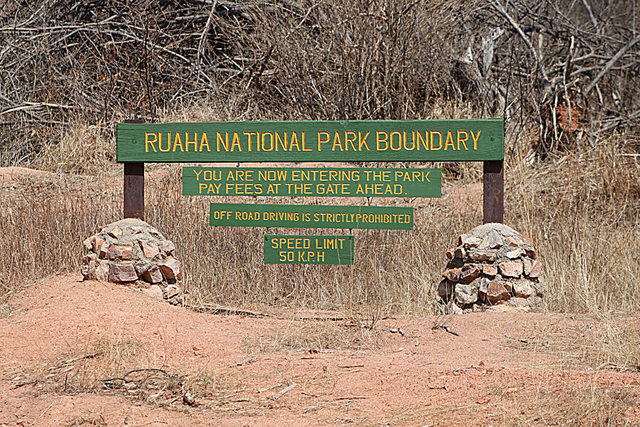Kitulo National Park is located in the southern part of Tanzania. The alpine grasslands and montane forest that make up the park area are part of the Njombe and Mbeya regions. It has affectionately be given the name, “Serengeti of Flowers,” with locals calling it the Garden of God.
The park is located at an altitude of 8,500 feet (2,600 m) and found between the Kipengere, Livingstone and Poroto mountains. The national park extends 159 square miles (412.9 sq km).
The Kitulo National Park was declared one of the Seven Natural Wonders of Tanzania on April 4, 2014. Visitors and potential travelers should learn more about what makes the Kitulo National Park one of the Seven Wonders of Tanzania.
What makes Kitulo National Park a natural wonder?
Statistically speaking, Kitulo National Park is the first protected area in Africa to be declared a national park because of the flora. It features 45 different species of terrestrial orchids along with over 350 species of vascular plant life.
Aesthetically speaking, Kitulo National Park earns the name, Serengeti of Flowers, during the months of November through April when the rainy season delivers a magnitude of spectacular wildflowers. It is the most significant, as well as the largest, montane grasslands throughout Tanzania and most of Africa. Kitulo gladly showcases over 30 species of endemic flowers of Tanzania.
The flora loving traveler will find Kitulo to be a haven for beautiful flowers. Giat lobelias, aster daisies, proteas, geraniums, and the spectacular yellow-orange red-hot pokers. The park also includes rare and endemic wildlife well such as the following:
- Endemic butterflies
- Endemic chameleons
- Endemic lizards
- Rare and endangered blue swallow
- Rare mountain marsh widow
The abundance and variety of flora is what makes Kitulo a natural wonder.
What are the best ways to see and experience Kitulo National Park?
The best way to see and experience Kitulo National Park is by hiking the trails. Kitulo features a variety of trails that meander through fields of flowers. More adventurous travelers can climb or trek up the nearby mountains and hills. Some treks up the sides of mountains can provide some amazing views down over the fields of flowers.
Kitulo is an African hiker’s paradise versus the traditional wildlife safari’s paradise. It is a haven and arguable a taste of heaven.
What is Kitulo National Park weather like?
If you plan to visit Kitulo National Park for the flowers and other flora, then you will be going during the months of December through April. This is the rainy season. The Tanzania temperatures are normally warmer this time of year, but because of the elevations of the park the temperatures can be cooler. Cooler temperatures and rain can make for a more uncomfortable outing, so it is important to dress or carry protective rain gear.
When is the best time to visit Kitulo National Park?
Travelers should plan to visit Kitulo during the months of December through April. This is the rainy season for most of Tanzania, but it is the best time to visit Kitulo National Park for experiencing the abundance and array of flora. This is also the best time to experience many of the birds that call Kitulo home or migrate there during the season. The flowers peak during these months and create the most dramatic and colorful scenes.
The months from September through November are sunnier providing more better weather. Visitors will find the temperature and overall weather more comfortable, but will be disappointed in the display of limited flowers.
How do you get to Kitulo National Park?
Travelers should plan to fly into Dar es Salaam, which is the capitol of Tanzania. The only way to get to Kitulo is by use of a 4×4 vehicle. The road is rough with lots of sharp turns, but the views are worth the excursion. The drive extends approximately 78 kilometers from Dar es Salaam to the current park headquarters. Visitors should expect another hour from the park headquarters to the anticipated Serengeti of Flowers.
There are no accommodations inside the park, so you will need to plan to stay in nearby Mbeya, which offers a variety of guesthouses and luxury accommodations.
Photography Tips for capturing Kitulo National Park
There are no specific insights or tips for photography at Kitulo National Park. Tips and insights will be added as experienced or discovered. If you are a photographer and have insights to share for future photographers visiting Kitulo National Park, please submit them to Seven Wonders through the Contact Page.
A macro lens will be a useful piece of equipment for capturing close ups of various flower species. A telephoto lens will help you capture butterflies and birds that visit the flowers and other flora.
